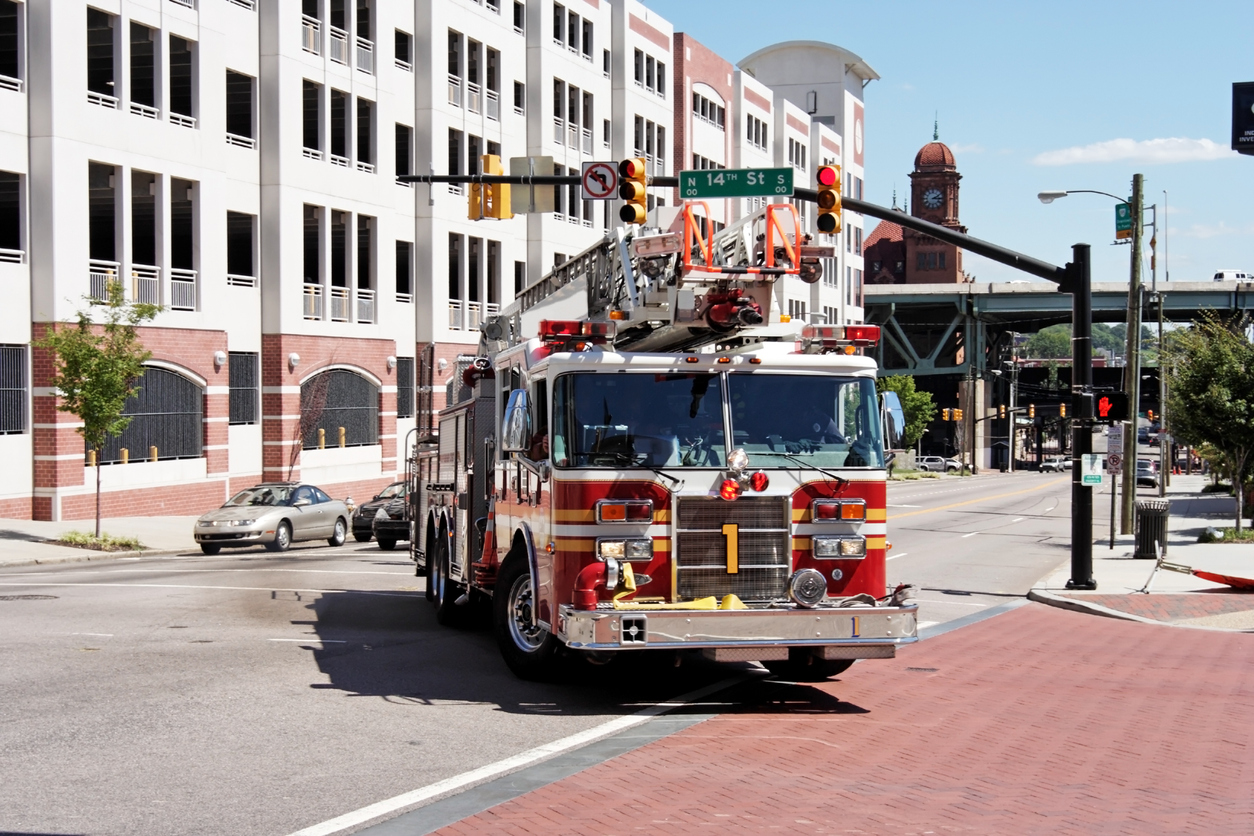
10 Reasons to Stop on Red

Created by the Federal Highway Administration, National Stop on Red Week runs from August 2-8 and aims to educate drivers about the dangers of red-light running and to reduce the number and severity of crashes.
The Insurance Institute for Highway Safety found that motorists in urban areas are more likely to be injured in crashes involving red-light running than in any other type of crash. In 2019, 846 people were killed*, and an estimated 143,000 were injured in crashes that involved red-light running. About half of those killed in red-light crashes are pedestrians, cyclists and people other than the violator.
The U.S. Department of Transportation found that one in three Americans know someone who has been injured or killed in a red-light running crash.
Safety is the responsibility of every driver – not just during Stop on Red Week, but every day and every time someone gets behind the wheel. Intersection safety is an extremely important aspect of road safety in our community.
To mark this year's Stop on Red Week, below are 10 reasons to stop on red:
- Red-light running can be fatal.
- One in three Americans know someone who has been injured or killed in a red-light running crash.
- Between 2004-2018, an estimated 11,877 people were killed in red-light running related crashes.
- On average, two people died each day in red-light running crashes in the United States in 2018.
- Motor vehicle crashes are the leading cause of death for U.S. teens.
- In 2019, 846 people were killed*, and an estimated 143,000 were injured in crashes that involved red-light running.
- Over half of the deaths in red-light running crashes are pedestrians, bicyclists and occupants in vehicles other than the vehicle running the red light.
- Nearly 85% of drivers say it is unacceptable to go through red-lights, yet nearly 31% admitted to doing so in the past 30 days.
- The most common type of urban crashes involve drivers who run red lights, stop signs and other traffic controls.
- Red-light running is often a result of aggressive or distracted driving and is completely preventable.
For more on red-light running, please visit the National Coalition for Safer Roads website and read our recent blog on practical ways to reverse the trajectory of fatalities by red-light running.
*Source: The Bike Adviser.
About the Author:

David Sadeghi is senior manager, digital marketing at Iteris.
About the Author

 X
(Twitter)
X
(Twitter)
 Facebook
Facebook LinkedIn
LinkedIn Copy
Link
Copy
Link Email
Email

